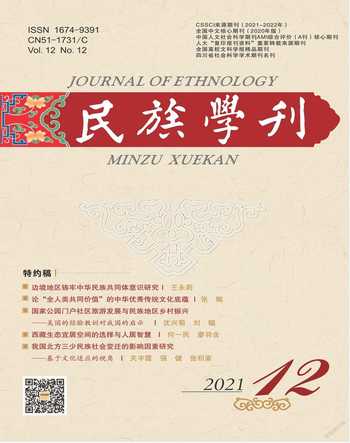A Study of a Diversified Action Plan on the“Learning Standard Chinese for Pre-Primary School Education”
Chen Yongliang Zhang Lihui Qiu Jinhua
Abstract:Based on an investigation of Z county of Liangshan and Y County of Panzhihua, this paper tries to discuss theoretical and practical perplexities in the implementation of “Learning Standard Chinese for PrePrimary School Education” in ethnic regions. Following the main principles of the Constitution and the Law on Regional Ethnic Autonomy, this study attempts to explore multiple conceivable ways to effectively implement this action plan in ethnic minority areas in the new era. As a result, this paper hopes to provide valuable experience for the popularization of the standard spoken and written Chinese language in ethnic minority areas.
By focusing on language environment and school education, this paper strives to scholarly reflect on a reasonable path for “Learning Standard Chinese for PrePrimary School Education” in ethnic minority areas in the new era. It proposes the following suggestions: 1) Actively create an “embedded” language environment, and continue to consolidate the practical effects of the “Learning Standard Chinese for PrePrimary School Education”; 2) Adopt diversified styles of running schools and formulate new plans for preschool education in ethnic rural areas; 3) Stabilize teaching faculty using the “Learning Standard Chinese for PrePrimary School Education” while also developing reading books and teaching materials with local characteristics.
We find that the popularization of standard spoken and written Chinese and the development of preschool education in ethnic territories is a talent discovery strategy and intellectual guarantee for realizing a synchronous or common prosperity of ethnic people areas and developed areas alike in China. This arguably can narrow the economic gap between the ethnic areas and more developed ones in China. We therefore should grasp the intersection between commonality and difference, and reflect on how the “Learning Standard Chinese for PrePrimary School Education” actually functions in reallife ethnic minority settings in the new era from multiple perspectives. We expect this to help us provide a referential experience model for all ethnic minority areas in implementing the “Learning Standard Chinese for PrePrimary School Education”. In short, we think carrying out the “Learning Standard Chinese for PrePrimary School Education” is the premise to ensure that ethnic peoples children in China successfully integrate into society, and participate fairly and equitably in social employment in the future. It will conceivably help to promote exchange, communication, and integration among ethnic groups, and constantly consolidate the empirical foundation for forging a sense of community for the Chinese nation.
Key Words:ethnic minority areas; standard spoken and written Chinese language; the action of “Learning Standard Chinese for PrePrimary School Education”
- 民族学刊的其它文章
- Research on the Construction of a Public Services Happiness Index for Residents in a Multi睧thnic Embedded Community
- Why is a Mountain Efficacious:Mount Jizu, Yunnan, as a Model of Civilization Symbiosis
- Regional Cultural Networks and Rural Social Governance: Based on An Investigation in Xijiang Miao Village of Qiandongnan
- 边境地区铸牢中华民族共同体意识研究
- A Study on the “Landscaping” of Ethnic Diet Cultural Resources in the Field of Tourism: A Case Study of the Hundred-Family Feast of the Dong in Chengyang Eight Villages
- 饮食文化叙事与铸牢中华民族共同体意识:广西米粉文化溯源

